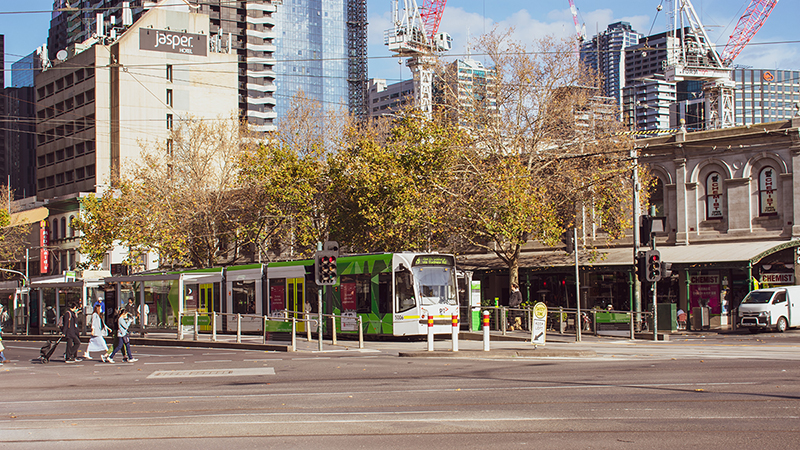
The shows that transport cost rises have exceeded the consumer price index not only in the September 2023 quarter but also over the course of the 12 months to the end of September.
The report, released by Australia’s peak motoring body, shows the typical Australian household’s transport costs rose by 4.0 per cent in the third quarter of 2023. That is almost 3.5 times higher than the Consumer Price Index increase of 1.2 per cent over the same period.
Following four quarters of rising costs, transport affordability declined by 9.4 per cent in just 12 months.
The Transport Affordability Index shows that in the September quarter, the average Australian household spent $415.37 a week on transport (up from $381.05 in the September 2022 quarter). That constitutes 16.3 per cent of household income (up from 14.9 per cent at the end of the previous corresponding period).
For the first time, typical households’ weekly transport costs were more than $400 in three of the AAA Transport Affordability Index’s benchmarked regional centres – Alice Springs, Bunbury, and Geelong. In Australia’s three largest cities, typical households paid more than $520 a week for transport in the September quarter.
The overall rise in transport costs was largely driven by rising fuel costs, increased up-front costs for purchasing new vehicles, higher interest rates on car loans, and increases in insurance premiums.
“The cumulative effect of continually rising transport costs is a heavy burden at a time when Australians are feeling cost-of-living pressures across the board,” AAA Managing Director Michael Bradley said.
“Transport is a significant and unavoidable expense for households and is also one of the key drivers of general inflation. Governments at all levels must consider these cost pressures when formulating policy.”






